The plan presented by Prime Minister Theresa May and DEFRA secretary Michael Gove this Thursday is a broad strategy, short on details regarding future British agri-environmental policy but including its guiding principles.
One measure highlighted by the government is a plan to “support farmers to turn over fields to meadows rich in herbs and wildflowers, plant more trees, restore habitats for endangered species, recover soil fertility and attract wildlife back”.
Leaving the CAP means we can do much more for our environment
This is part of a pledge that “leaving the CAP means we can do much more for our environment,” with the government intending to focus payments on “environmental enhancement”.
The policy indicates that pollution will attract a cost to farmers, while improvements to environmental conditions will attract payments. Details are expected in a Command Paper later this spring.
Stricter water conservation rules requiring every UK farmer to identify and manage risks to water on their land are already slated for implementation from April. The government now intends to review them after three years.
Limit fertiliser inputs
The plan includes “a robust framework to limit inputs of nitrogen-rich fertilisers such as manures, slurries and chemicals to economically efficient levels, and make sure they are stored and applied safely.”
Pesticides, too, will be restricted on a needs basis and integrated pest management will become central to government policy.
“By reducing the use of pesticides in the round and deploying them in a more targeted way, it is possible to reduce the impact on the environment while keeping open a sufficient diversity of options to avoid the build-up of resistance and the need for higher doses,” the plan reads.
An emphasis on soil health and peatlands conservation means that peat use in horticulture will be phased out by 2030.
Read more
Listen: farmers will not be park keepers after Brexit
UK farmers promised direct payments during transition
The plan presented by Prime Minister Theresa May and DEFRA secretary Michael Gove this Thursday is a broad strategy, short on details regarding future British agri-environmental policy but including its guiding principles.
One measure highlighted by the government is a plan to “support farmers to turn over fields to meadows rich in herbs and wildflowers, plant more trees, restore habitats for endangered species, recover soil fertility and attract wildlife back”.
Leaving the CAP means we can do much more for our environment
This is part of a pledge that “leaving the CAP means we can do much more for our environment,” with the government intending to focus payments on “environmental enhancement”.
The policy indicates that pollution will attract a cost to farmers, while improvements to environmental conditions will attract payments. Details are expected in a Command Paper later this spring.
Stricter water conservation rules requiring every UK farmer to identify and manage risks to water on their land are already slated for implementation from April. The government now intends to review them after three years.
Limit fertiliser inputs
The plan includes “a robust framework to limit inputs of nitrogen-rich fertilisers such as manures, slurries and chemicals to economically efficient levels, and make sure they are stored and applied safely.”
Pesticides, too, will be restricted on a needs basis and integrated pest management will become central to government policy.
“By reducing the use of pesticides in the round and deploying them in a more targeted way, it is possible to reduce the impact on the environment while keeping open a sufficient diversity of options to avoid the build-up of resistance and the need for higher doses,” the plan reads.
An emphasis on soil health and peatlands conservation means that peat use in horticulture will be phased out by 2030.
Read more
Listen: farmers will not be park keepers after Brexit
UK farmers promised direct payments during transition




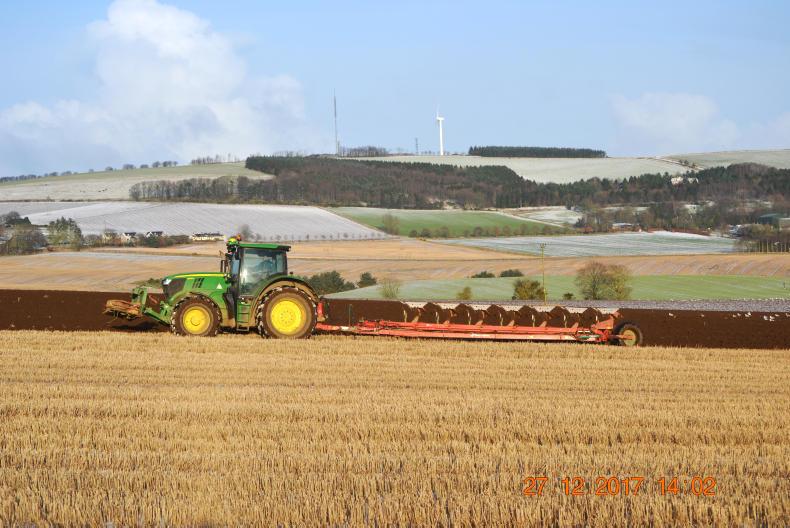
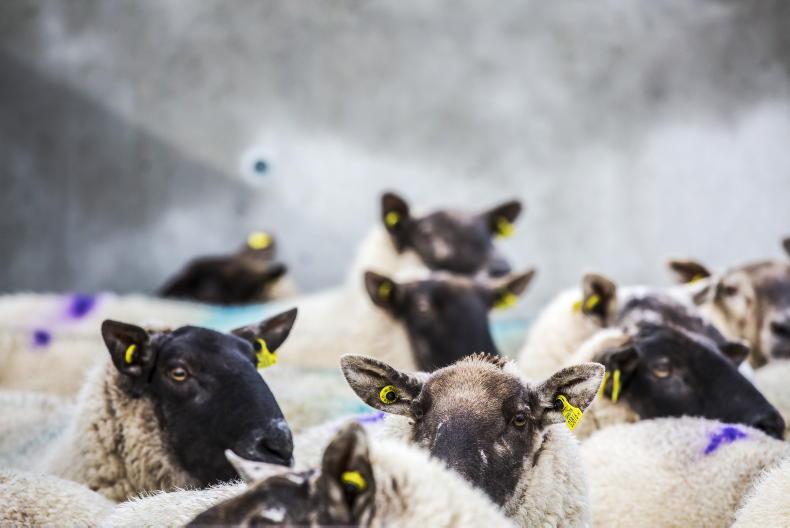
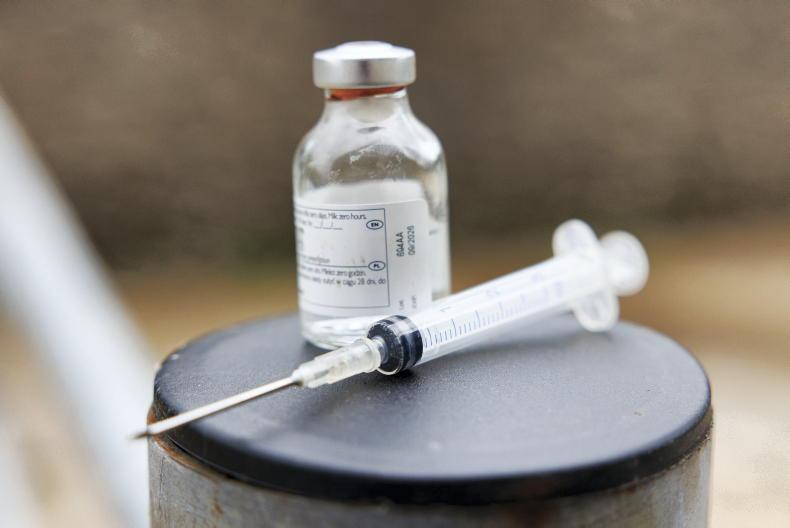
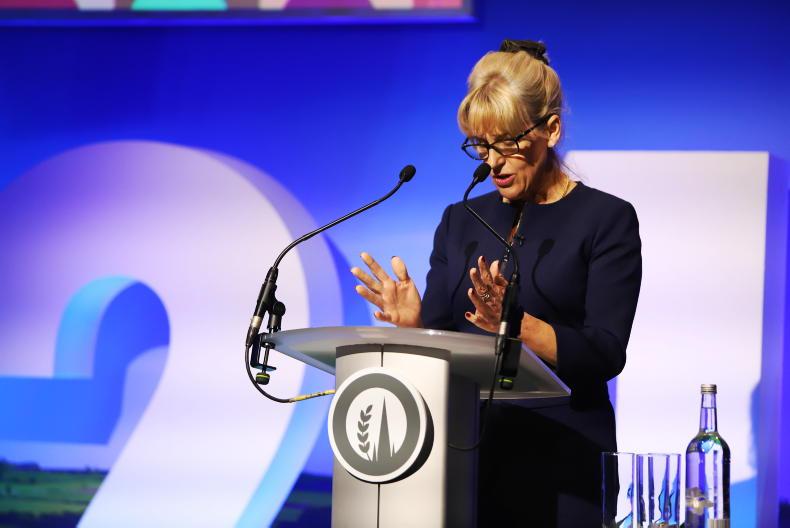
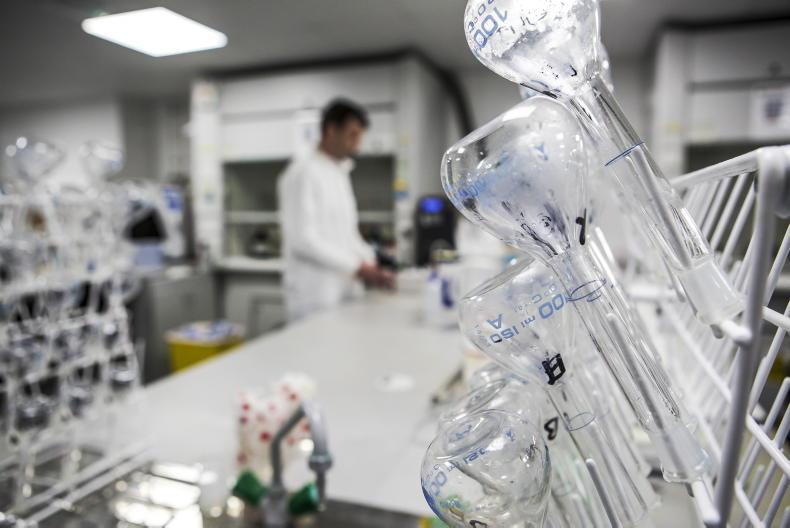
SHARING OPTIONS